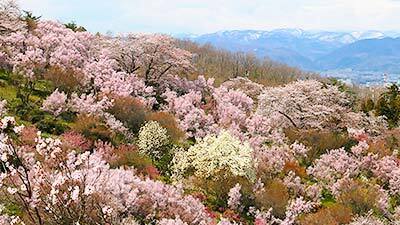Kyoto: Petals Starting To Fall

Following yesterday's report where I checked in on the blossoms at two beautiful surviving castles in the Kansai Region, today I returned once again to Kyoto for a late season look at four of its top viewing spots.
With just one day remaining until our predicted close to the city's overall best viewing, I wasn't surprised to see petals beginning to fall from Somei Yoshino trees - the most common species of cherry blossom - at all four sites. At Ninnaji Temple and Heian Shrine however, a significant number of later blooming varieties were enough to give quite a different impression overall.
Arashiyama
First on today's list was Arashiyama, a popular tourist spot in the northwest of the city. Here, the trees lining the streets and clustered along the south bank close to the Togetsukyo Bridge were still looking very full and beautiful, however petals were beginning to fall in a fairly steady stream with even a light breeze, indicating that only a day or two remain to see them at something close to ideal conditions.

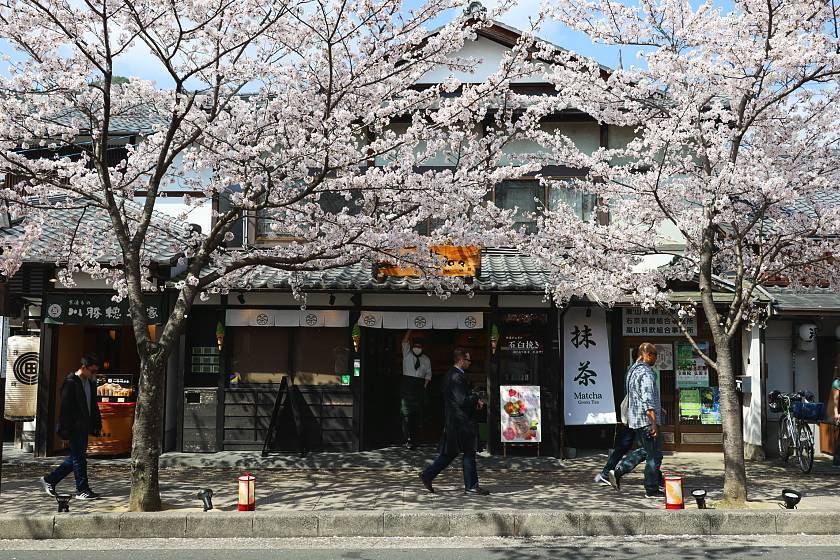
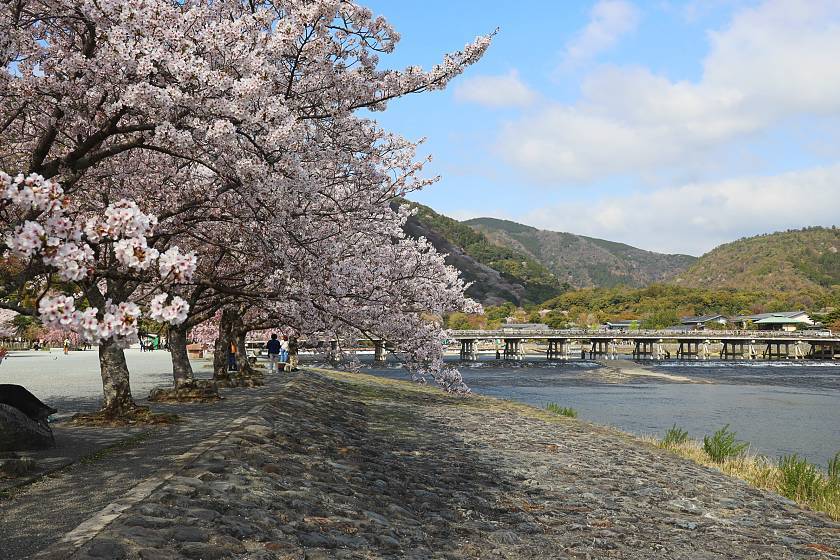

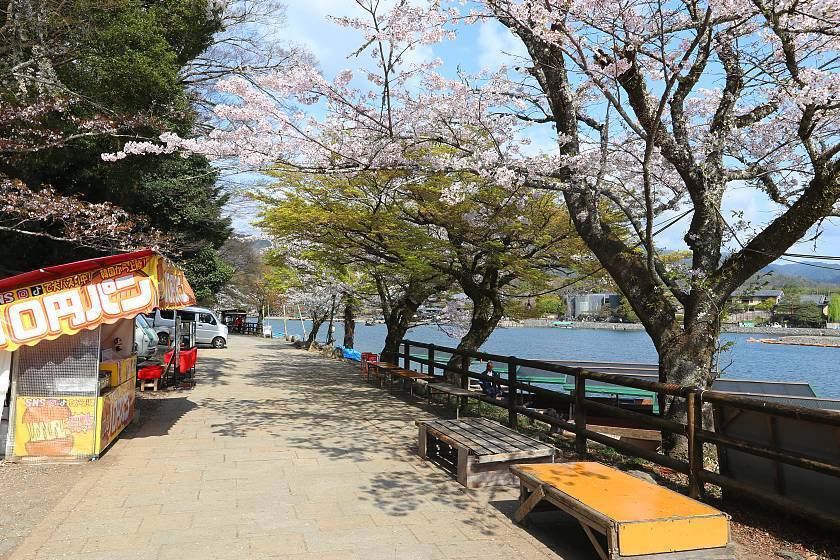
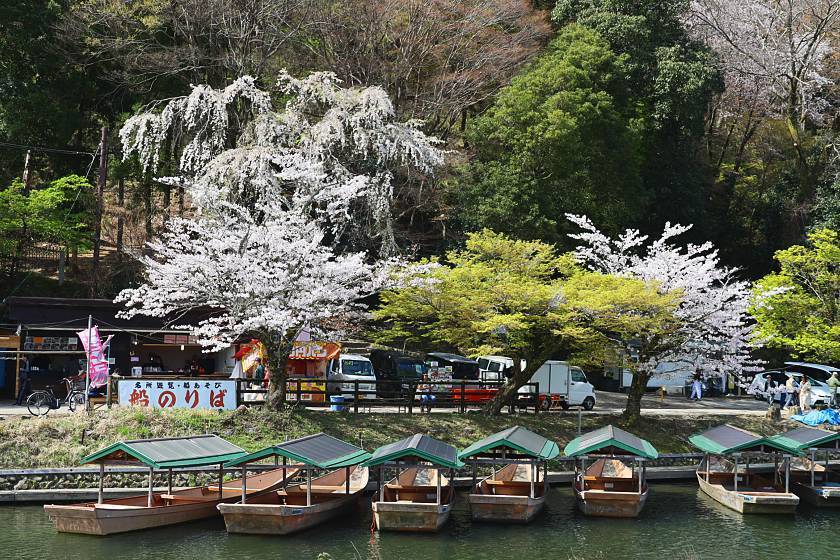
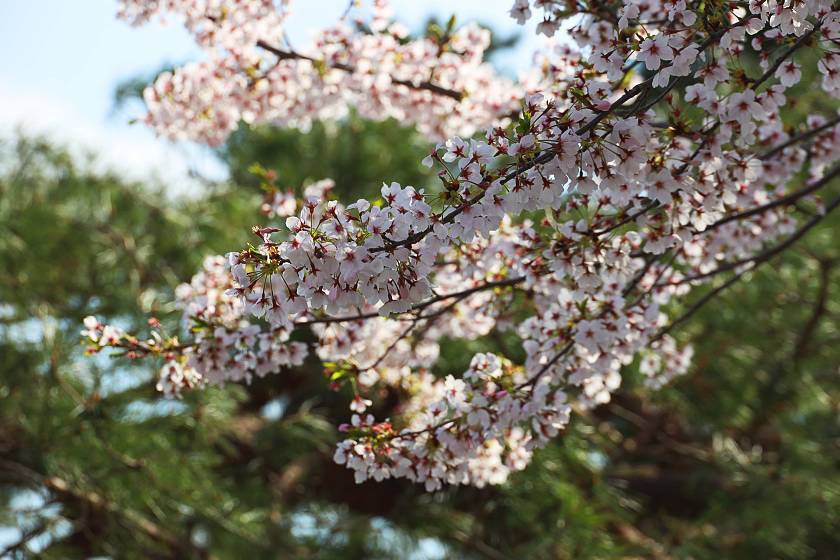
Ninnaji Temple
For my next stop, I made my way a little to the east to Ninnaji, one of the city's great temples and a registered World Heritage Site, known for a locally cultivated variety of late blooming cherry blossom tree called Omuro, itself named for the sub sect of Shingon Buddhism of which Ninnaji is the head temple.
Inside, the temple grounds are divided into two separate paid areas for the duration of the cherry blossom season: the former residence of the head priest in its own enclosed garden, and a grove of the Omuro blossoms to the north of the entrance.
While the Somei Yoshino blossoms were already looking just a little more sparse than those at Arashiyama, the Omuro trees were only just beginning to open and will considerably lengthen the season here.
The temple's Omuro Flower Festival will continue until May 6, during which there is a special entrance fee of 500 yen for the Omuro grove, and food and craft stalls can be found on the east side of the grounds.
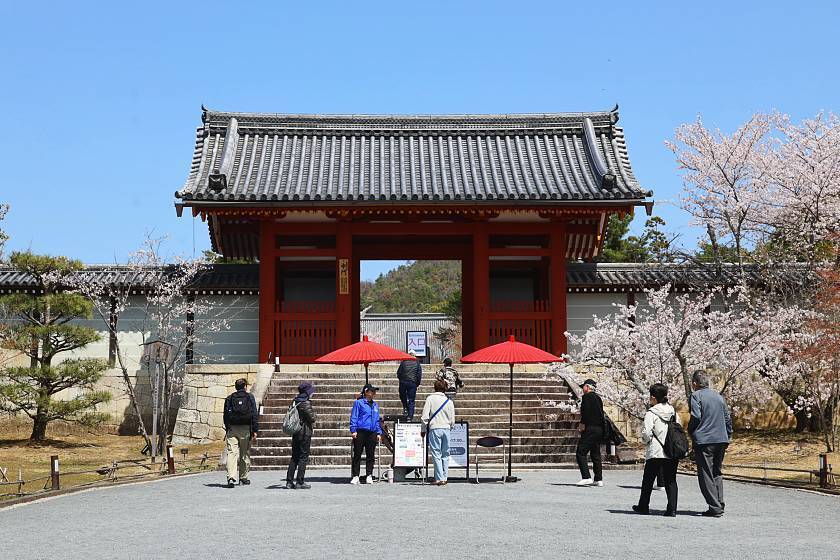
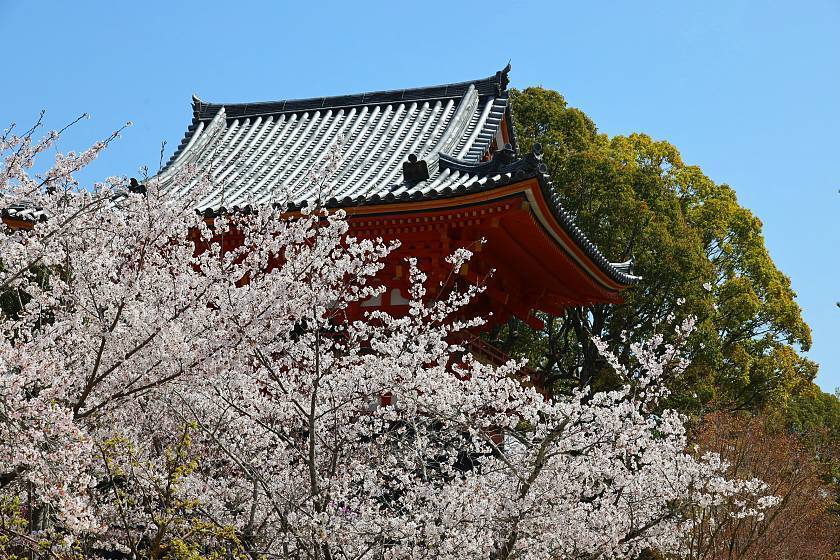
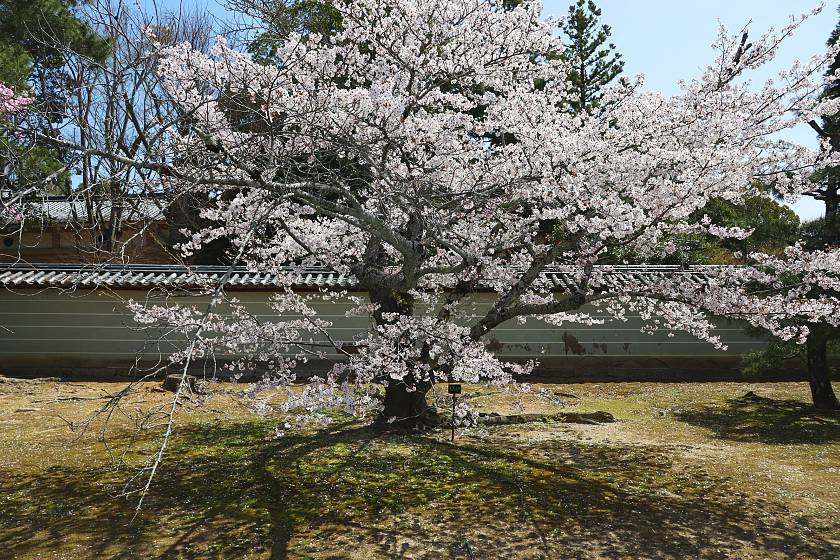
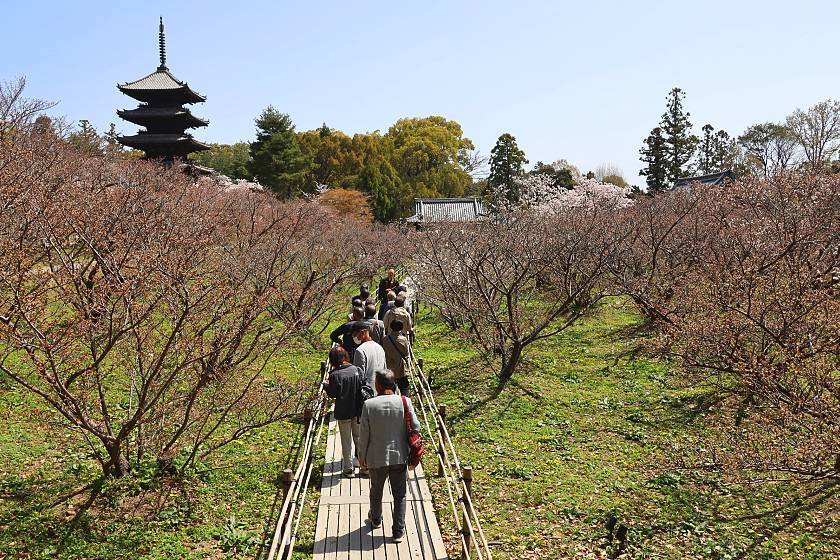
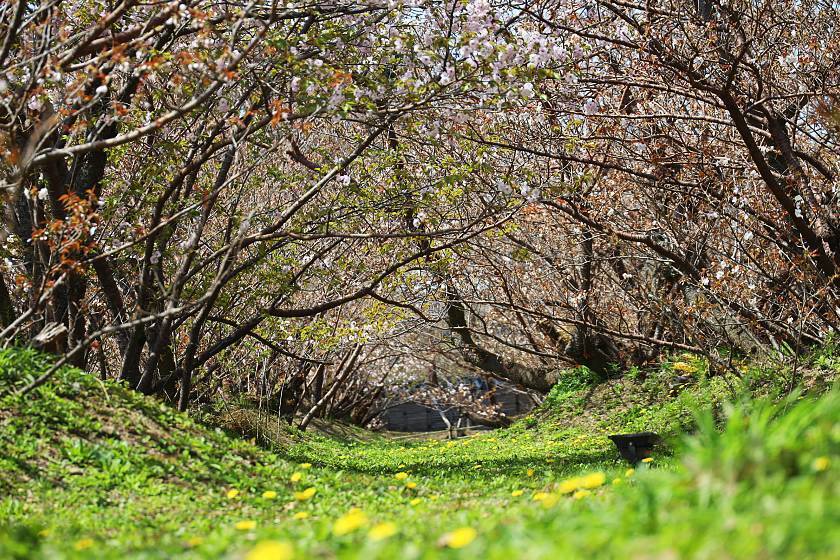
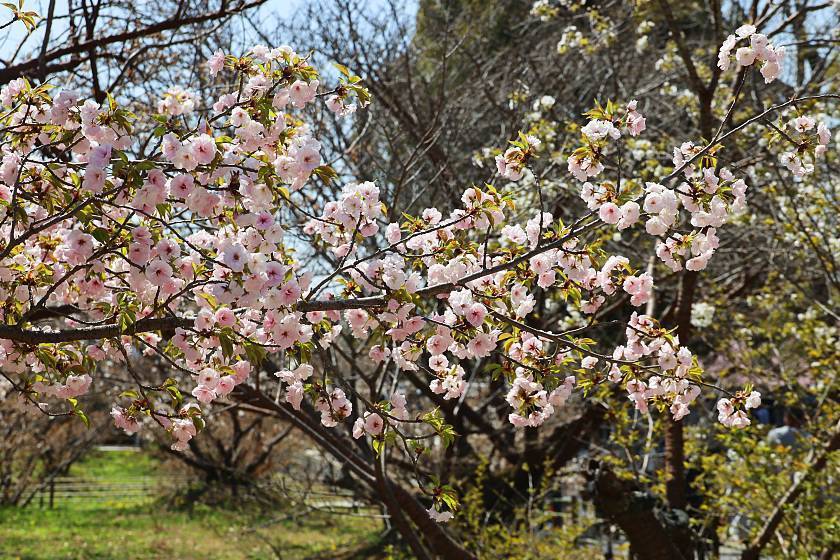
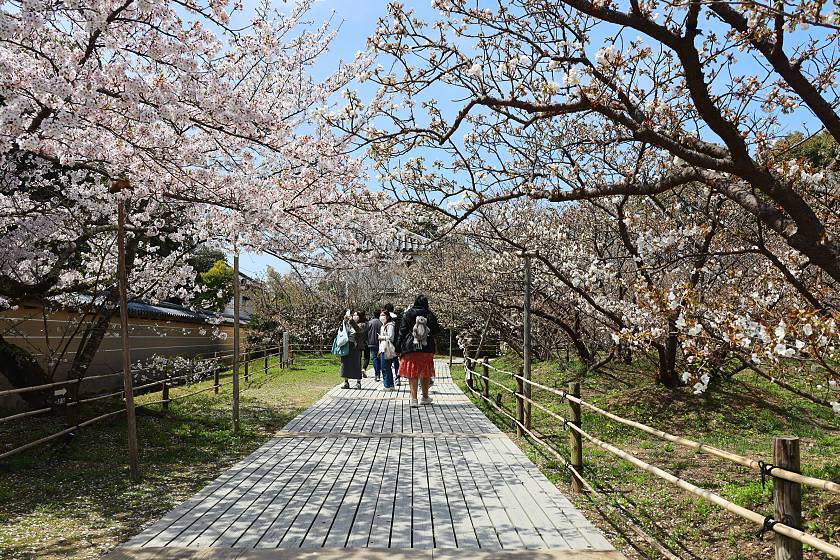
Heian Shrine
Over in the northeastern part of the city, my next visit was to Heian Shrine, a grand looking shrine built to resemble the Imperial Palace as it was in the Heian Period (794-1185). Here again the Somei Yoshino trees were attractive while just starting to thin out, however the real star of the show is the Yaebenishidare variety - a kind of weeping cherry blossom with pink colored petals, that typically blooms a few days later. Dotted throughout the shrine's garden, these were still in full bloom, looking vibrant and full.
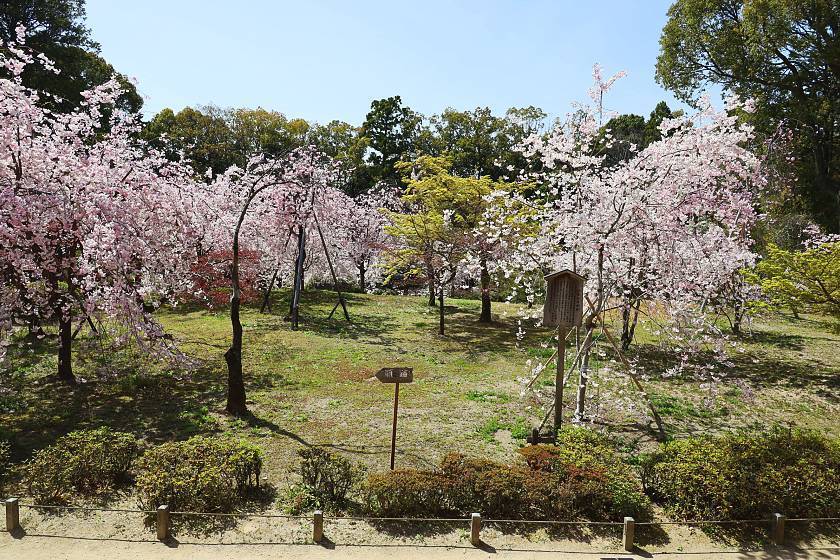
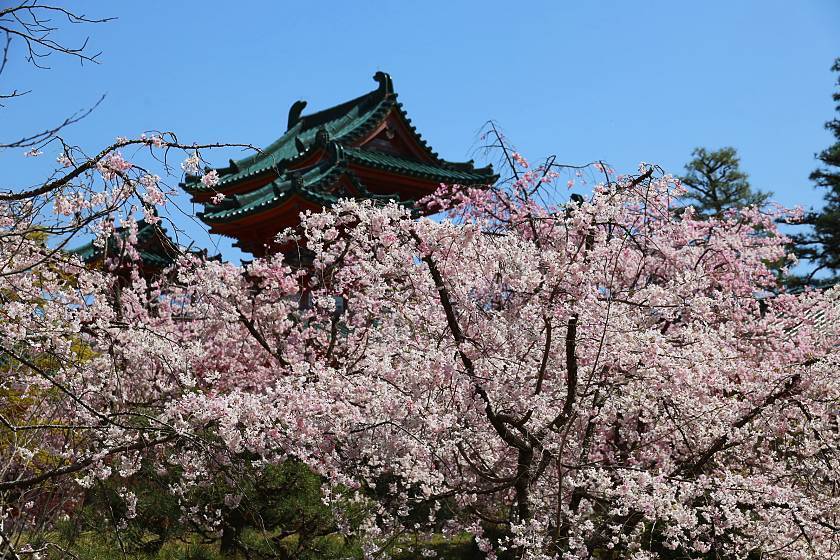
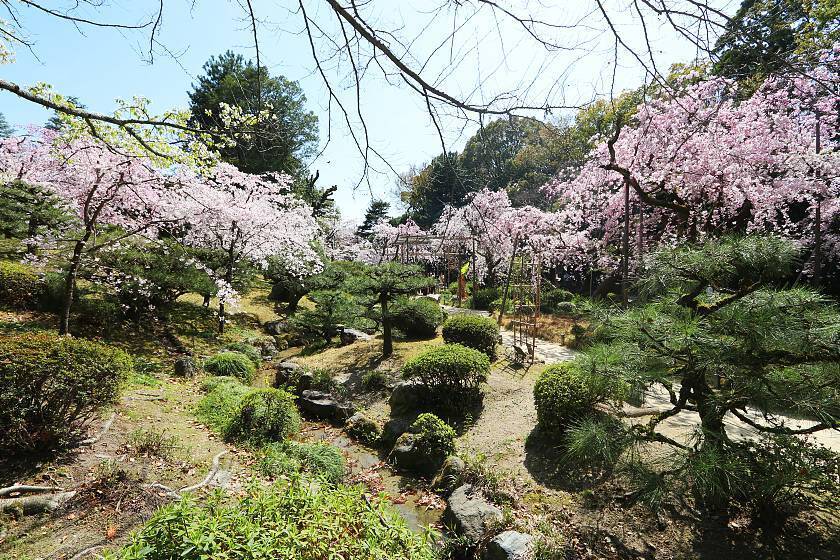
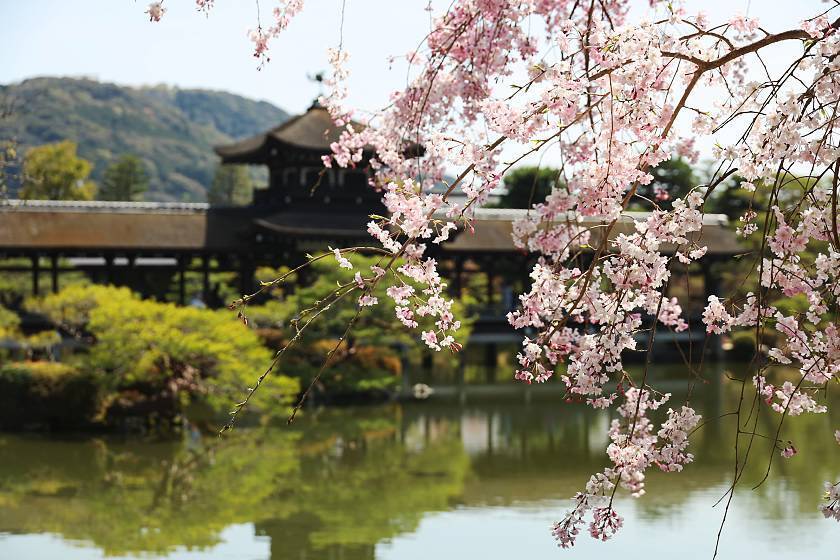
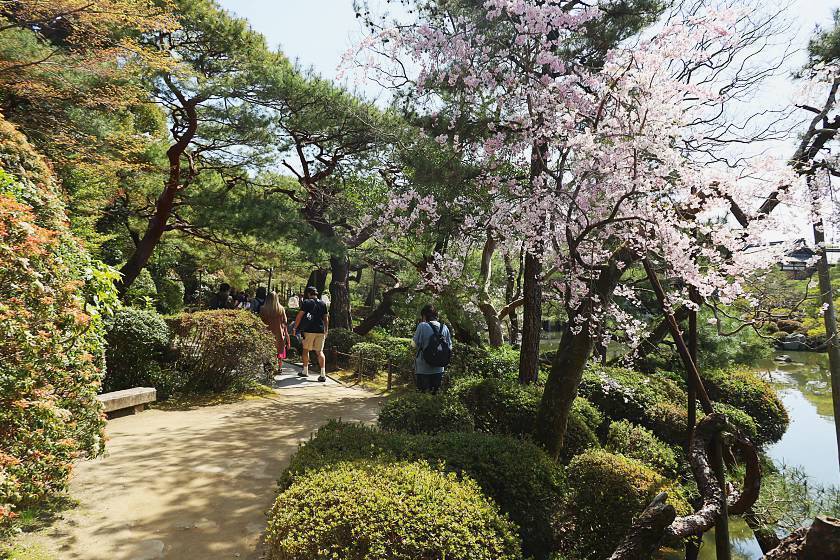
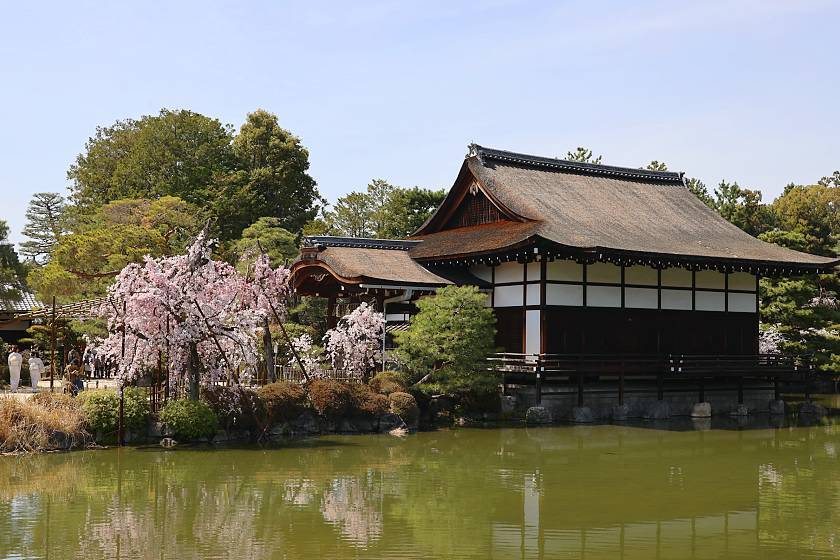
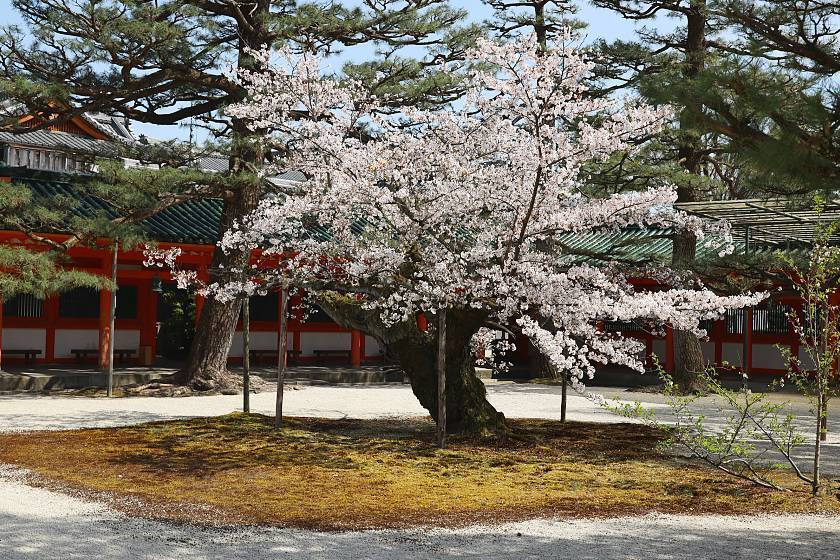
The Keage Incline
My final stop of the day was at the Keage Incline, where the twin rows of Somei Yoshino trees lining the preserved section of railtrack were looking a touch more advanced than those at Arashiyama. Still looking very attractive, the scene was further enhanced by storms of petals billowing this way and that with occasional gusts of wind, a spectacle known in Japanese as hanafubuki.
Here, I would expect the blossoms to match our prediction for Kyoto as a whole and reach the end of best viewing by tomorrow evening.
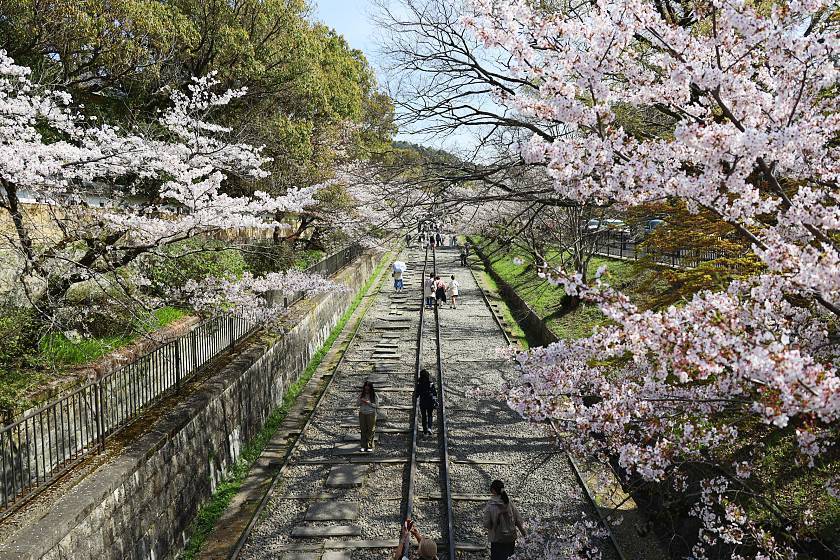
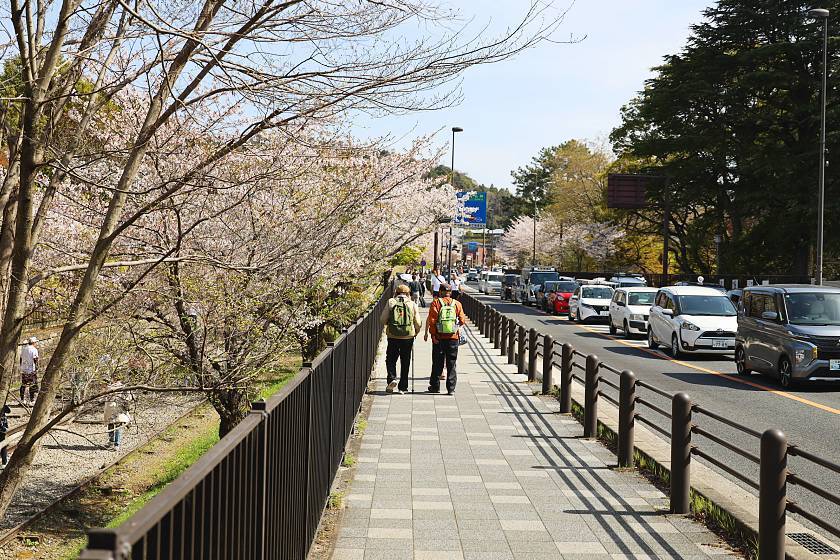
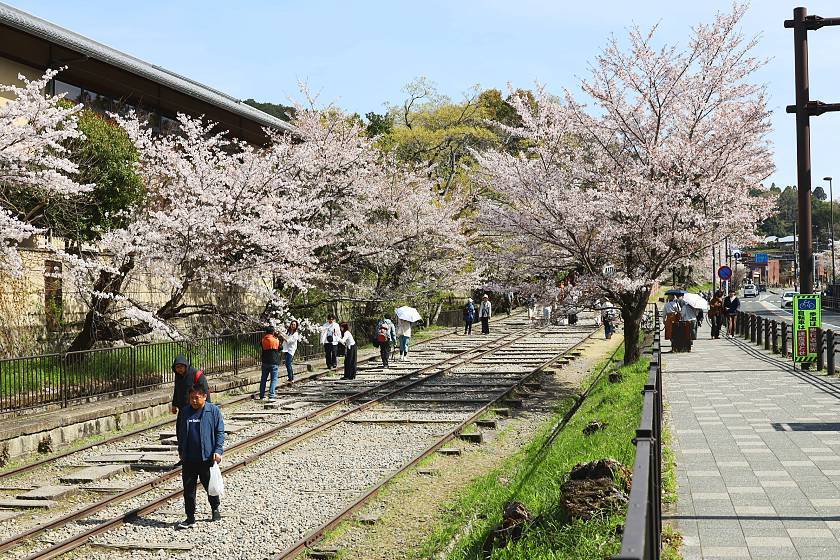
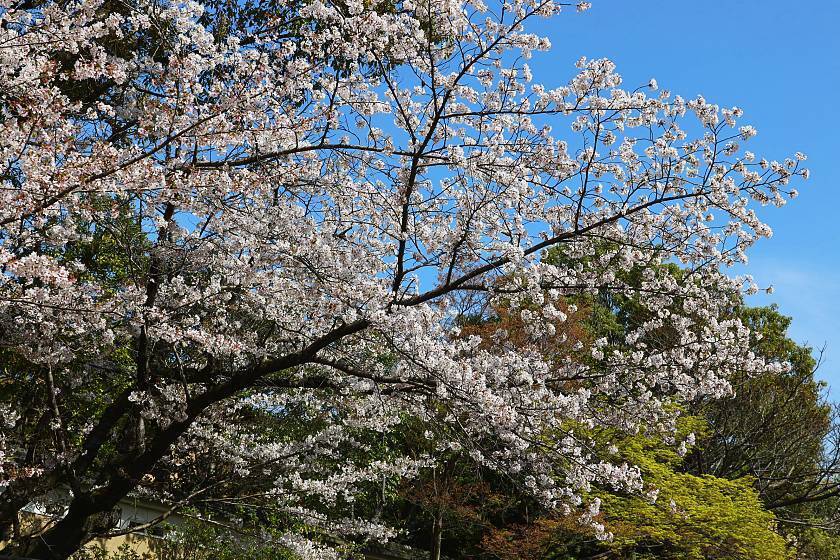
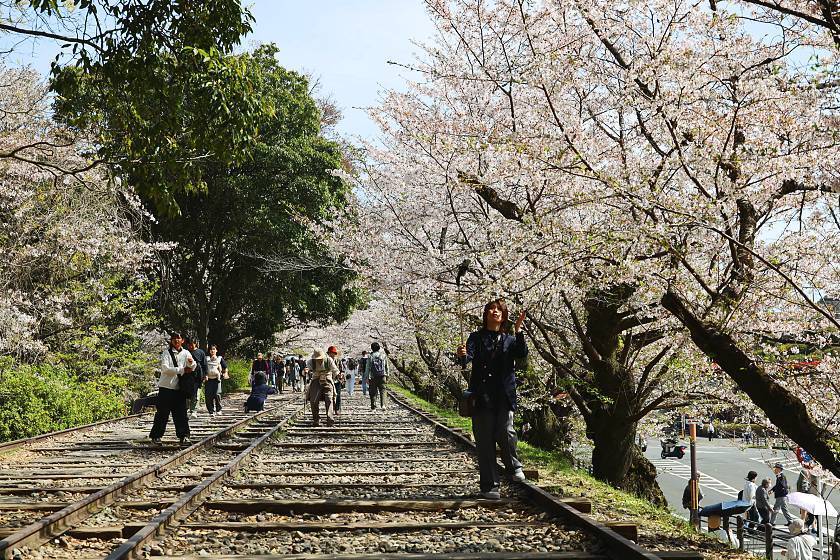
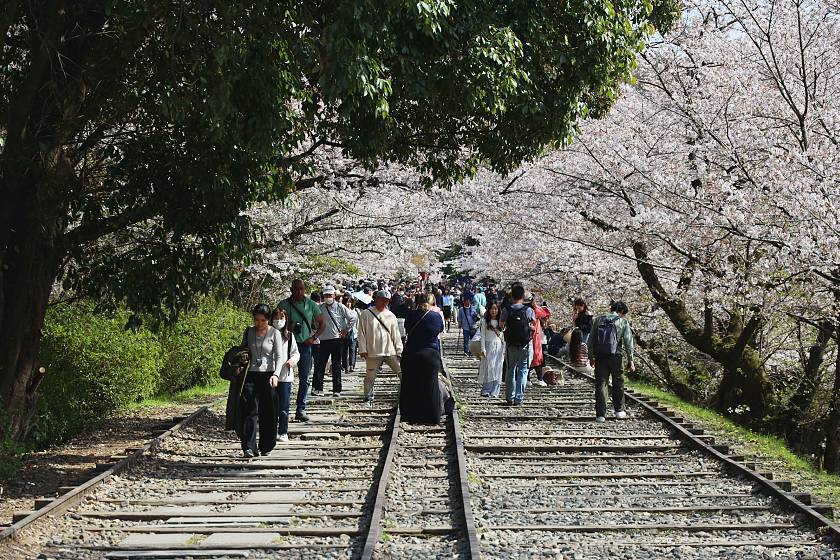
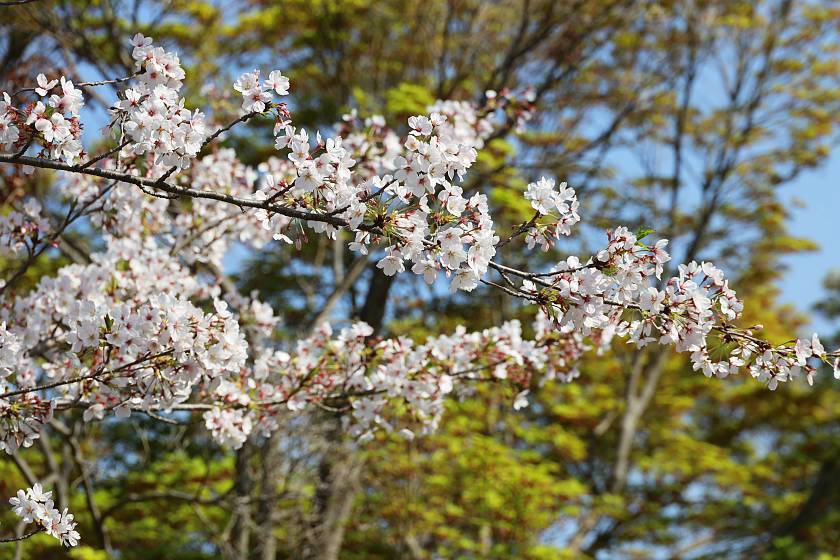
Questions? Ask in our forum.

